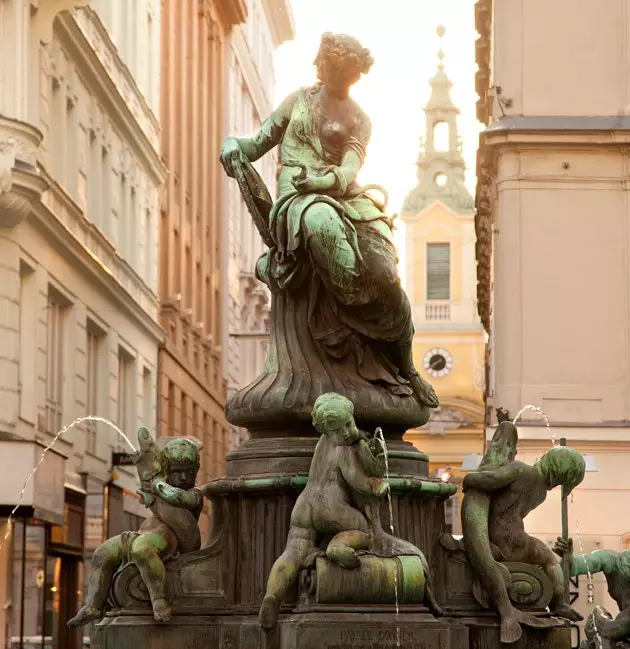
Vienna, the movement of the astro-Hungarian empire
In 1870 Vienna was a town . The capital of a vast empire, but a town after all. The Austro-Hungarian Empire was a sort of medieval United States, without a single, multinational identity, with subjects – note: subjects, not citizens – Germans, Hungarians, Czechs, Slovaks, Poles, Ruthenians, Serbo-Croats, Slovenians, Italians, Bosnians and Romanians. . There was Vienna, the contemporary equivalent of classical Rome, with elegant clothes but the size of a small town.
In 1910 Vienna was a metropolis that had turned a neurologist into a celebrity (Sigmund Freud), a composer into a pop star (Gustav Mahler), architects into luminaries (Adolf Loos, Otto Wagner), artists into rebellious secessionist transgressors imitated all over the world (Klimt, Schiele, Kokoschka) . Vienna had been transformed in a few decades into the New York of our days . What happened? How could it happen?
I order a coffee. I'm sitting in the Sperl. On the billiard table imported from Budapest there are Austrian, German, Hungarian, French, American newspapers. In the Sperl they serve an average of 400 coffees a day . A century ago the scene was not much different. The answer is found here. Stefan Kutzenberger, a researcher at the Leopold Museum in Vienna and one of the world's leading experts on Egon Schiele, is clear about it. Cafes like the Sperl, founded in 1880, are to blame for the change that Vienna underwent during the fin-de-siecle.
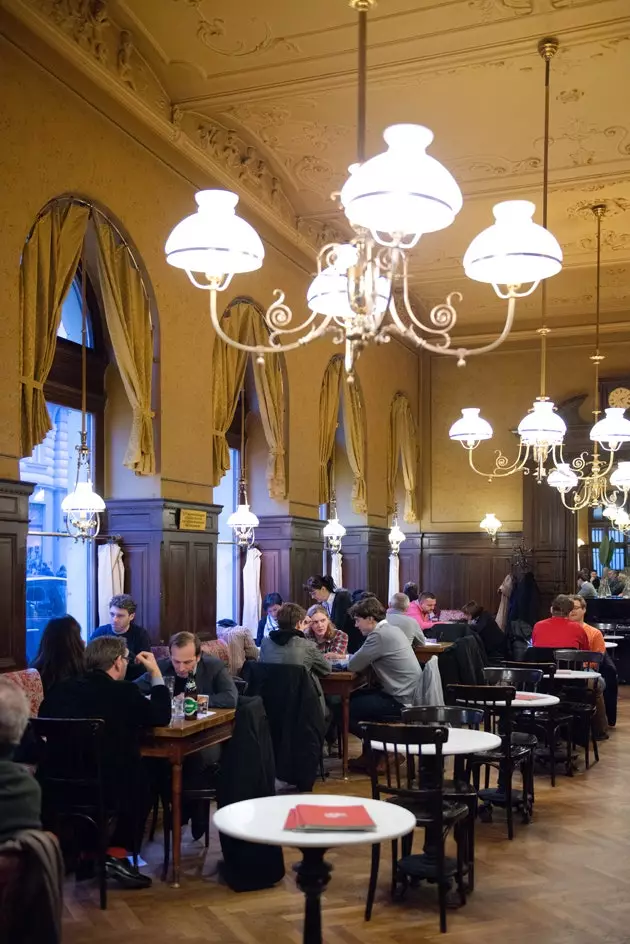
Atmosphere of the legendary Café Sperl
This is an unusual event: the transcendence of a seminal scenario. Without cafés as a place of transmission of ideas, Viennese culture cannot be understood. "Vienna had one advantage over Paris, London and New York: a strong social network," explains Kutzenberger. “While in Paris artists met in a neighborhood, Montmartre, which facilitated mutual inspiration but not contact with other sectors of society, in Vienna artists and intellectuals from different fields – culture, science, art, politics, philosophy, law , medicine, journalism– and social strata –from fellow painters to academics and wealthy businessmen– gathered around a coffee.
The social cohesion of the intellectual elite was very strong. The current manager of Sperl, Rainer Staub, proudly recounts that Gustav Klimt and Egon Schiele paid for their drinks with the drawings they made in the cafe , "drawings that today tour the museums of half the world". In 2011, UNESCO recognized Vienna's cafes as intangible cultural heritage of humanity. “Places where time and space are consumed, but only coffee appears on the bill,” the commission noted. Today in Vienna, a good part of the cafes that Kutzenberger talks about are still standing. Sperl, Landtmann, Hawelka, Griensteidl, Central and even the Hotel Sacher , so popular for its chocolate cake, are some of the most famous in a city with some 800 cafes – not counting cafe-bars, cafe-restaurants and steh-cafés, without chairs to sit on – of which some 150 earn the nickname of classic coffee.
During the golden age of Viennese cafés, the speed of traffic from small town to big city made Vienna dizzy. They were years of movement. One of its protagonists –and beneficiaries– was Sigmund Freud, who in his youth had focused on the physiology of the eel's testicles. The ideas of modernity were accelerating, but the rigid corset of conventions was still in neutral . Disinhibition and sexual desire were dueling with Habsburg decency. Pleasure versus moral. Felix Salten, author of Bambi, a life in the woods, also wrote a pornographic work titled Josefine Mutzenbacher in 1906, the fictional autobiography of a Viennese prostitute. Hitler would later ban Salten's complete works without discrimination, including the sequel Bambi's Children..
The writer Arthur Schnitzler was directly accused of being a pornographer. 'The naked truth' was the motto of the pictorial group formed by Gustav Klimt. We are in a context where the 'coexistence of modernity and tradition' is not the tired slogan of a tourist poster promoting a trip to Japan, but a fact. Kutzenberger describes it as the simultaneity of what is not simultaneous. . Here the figure of Freud appears: in his office on Berggasse, patients from Viennese good society affected by pathologies that could not be treated with conventional methods begin to pile up.
At Café Landtmann, founded in 1873 and located ten minutes from your practice, Freud gave lessons for hours to whoever wanted to listen to him on the interpretation of dreams , female hysteria, polymorphous perverse infantile sexuality or about his experiments with cocaine. Landtmann's chairs greatly contributed to the fact that the entire 20th century was filled with divans. Today the atmosphere has changed and the topics of conversation are others, there is also wifi , but the paper newspapers are still hanging on the hangers, customers can still receive their correspondence as if they were at home and stay at the table for hours with a coffee, something that is unthinkable in the United States, for example. Berndt Querfeld, its current owner, not at all nostalgic, prefers to speak of the café as theater (“Customers don't come for the coffee or the food: they come to the Café. They come for the atmosphere. It's not what you drink, it's where you drink it”).
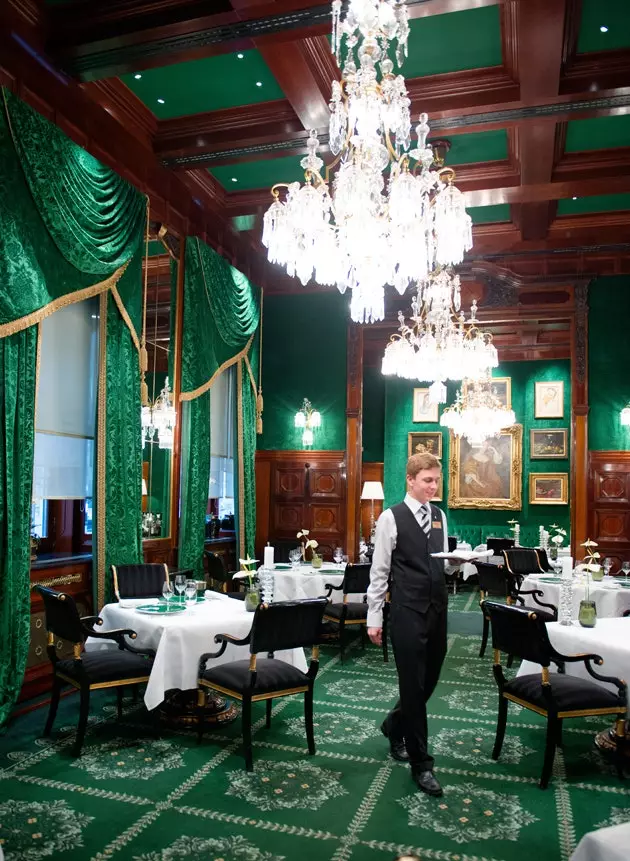
The Hotel Sacher, one of the most luxurious and literary in Vienna
Nor does he want to remember Freud or Mahler, and yes Paul McCartney and Charlie Watts , and the one that was set up when Hillary Clinton came with security measures that affected several blocks. Querfeld looks more to the future than to the past: “I am in favor of things changing, of placing plugs for smartphones on each table because customers use them, to ban smoking because it bothers”. Along with the Sperl café and the Landtmann, the Griensteidl was the most important cultural institution in Vienna between 1847 and 1897, the year in which it was demolished and "literature faced a period of destitution", in the words of the journalist Karl Kraus. Stefan Zweig considered it the headquarters of young literature. The facelift with which he reopened in 1990 left him a bit cold.
The Griensteidl's clientele moved to the neighboring Cafe Central . Among them were Adolf Loos, Gustav Mahler, Peter Altenberg, and Leon Trotsky, who worked in Vienna as a revolutionary journalist between 1907 and 1917. Another of those who spent the day at the Central was the writer Alfred Polgar, who described it acidly: “Its inhabitants are mostly misanthropes whose hatred for their fellows is as intense as their need for company: they want to be alone, but they need company to do it”.
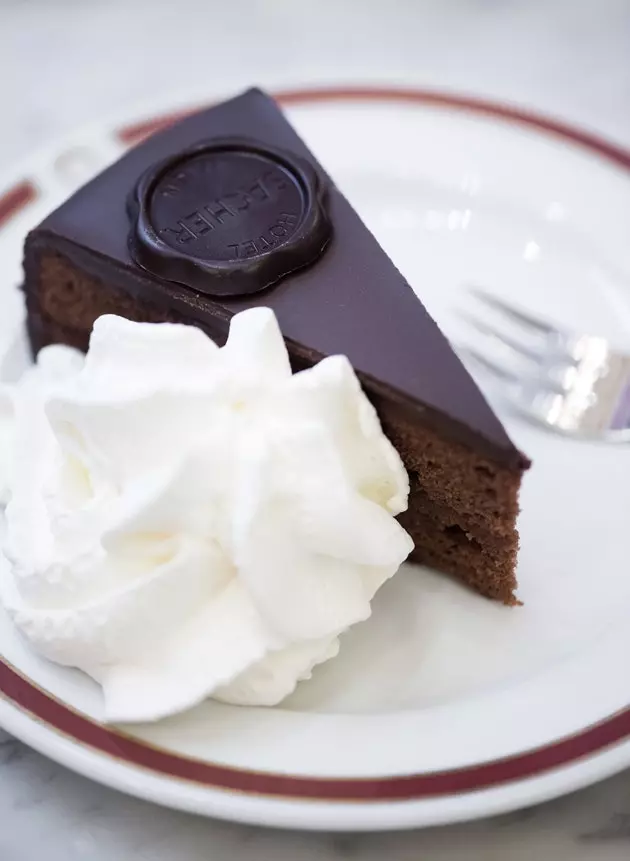
The famous chocolate cake of the Hotel Sacher
Before moving on to the 20th century, we come to the Sacher. The Hotel Sacher café is so elegant that it seems that sooner or later Sissi is going to enter , something complicated not so much because she was stabbed to death by an anarchist in 1898, but because of her usual anorexia crisis. In his place I see Placido Domingo enter. The Sacher is a legend for its chocolate cake. The original recipe dates back to 1832. Its bill is completely handmade (14,000 eggs are broken by hand every day). In summer, their long queues form, although the Sacher Torte can be ordered from Vienna or Hong-Kong. The hotel ships it in a wooden box that keeps it fresh for up to 21 days.
Café Hawelka had its glory years after World War II. Graham Greene had to meet him when he came to town in 1948 for inspiration during the genesis of The Third Man. “There was no coffee, no whiskey, no cigarettes either, but there was a black market. And the Hawelka was a great place”, remembers with a mischievous smile the honorable old man Günter Hawelka, son of the legendary founders, Leopold and Josefine Hawelka. Today's environment is eclectic. There are retired Viennese, young indies, tourists . In the 1950s it was the meeting place for any artist who opposed bourgeois codes. The Vienna Group, made up of the writers Konrad Bayer, Hans Carl Artmann, Gerhard Rühm and Oswald Wiener, set up his gathering here.
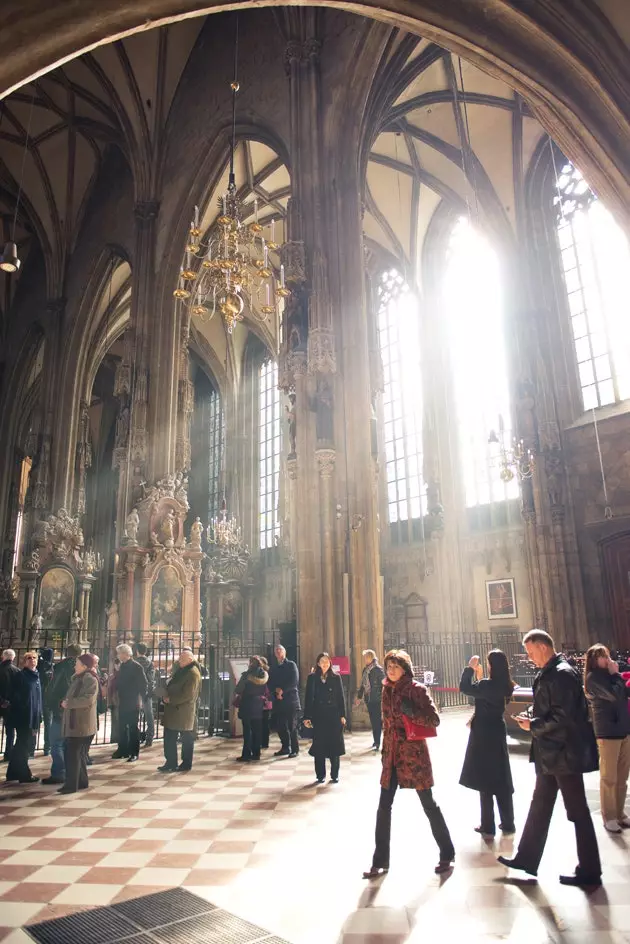
St. Stephen's Cathedral
In Vienna there is a place that I particularly like. Its about Cafe Drechsler . It is located opposite the Naschmarkt market and the fabulous antiques flea market that opens on saturdays . On weekends you can have breakfast or have a gin and tonic at any time of the day between 3 and 2 in the morning, because it only closes for one hour. You can still smoke. It was born in 1919 and the reforms –the last in 2007– have been very respectful of its identity. It has geometric lines to the Bauhaus, marble tables , wooden chairs, escay sofas, newsprint, wifi. It alternates the intimate elegance of a cafe with the raunchy atmosphere of a club that schedules DJ sessions on weekends.
Two last recommendations for modernity: the coffee Alt Wien, a mixture of Viennese cafe and pub with the walls lined with posters of underground origin , and the Leopold Museum café, a perfect place to have a drink after touring the museum's rooms with the most splendid collection of works by Egon Schiele and Gustav Klimt. If Hitchcock made a cameo in every one of his movies, Berlanga chose to cite the Austro-Hungarian Empire out of the blue at least once in each tape . He never explained why. We won't know that. It was his signature. He must have had coffee in Vienna.
*** You may also be interested in...**
- Vienna Guide
- Vienna, five secrets in sight (VIDEO)
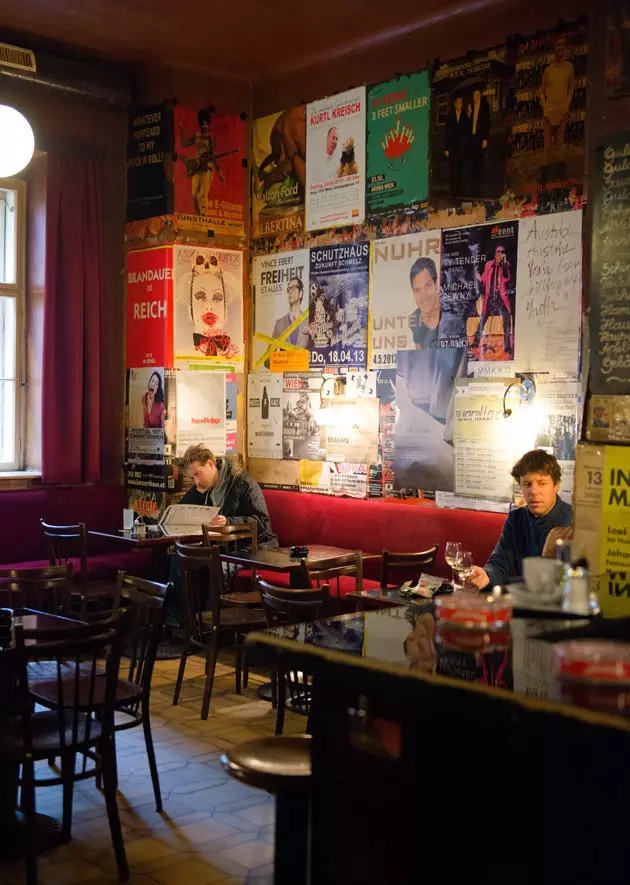
The Coffee Alt Wien
